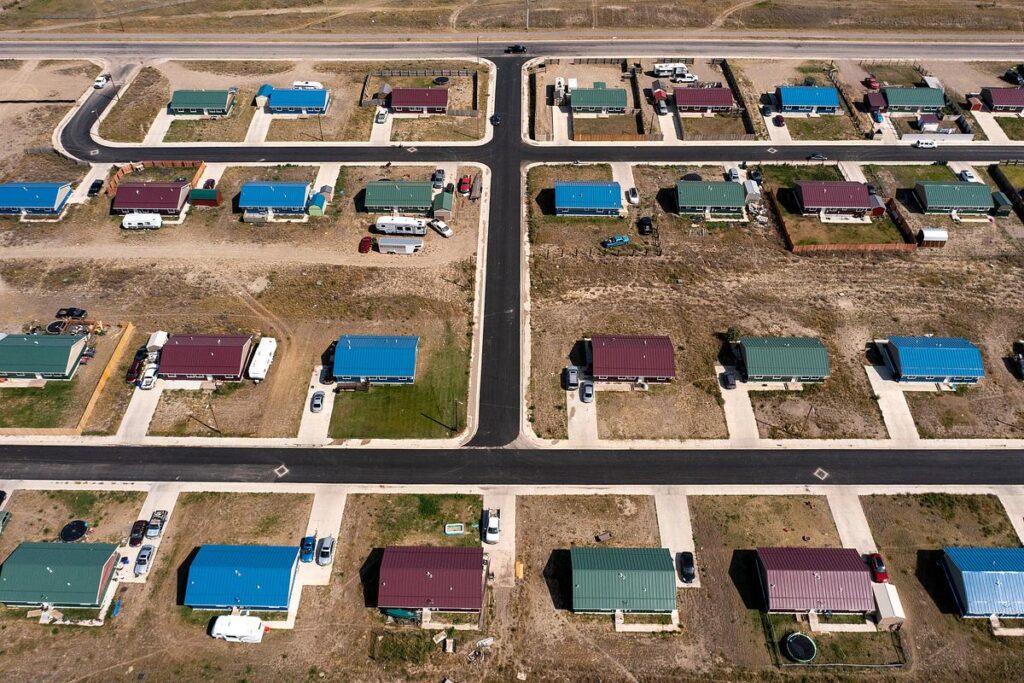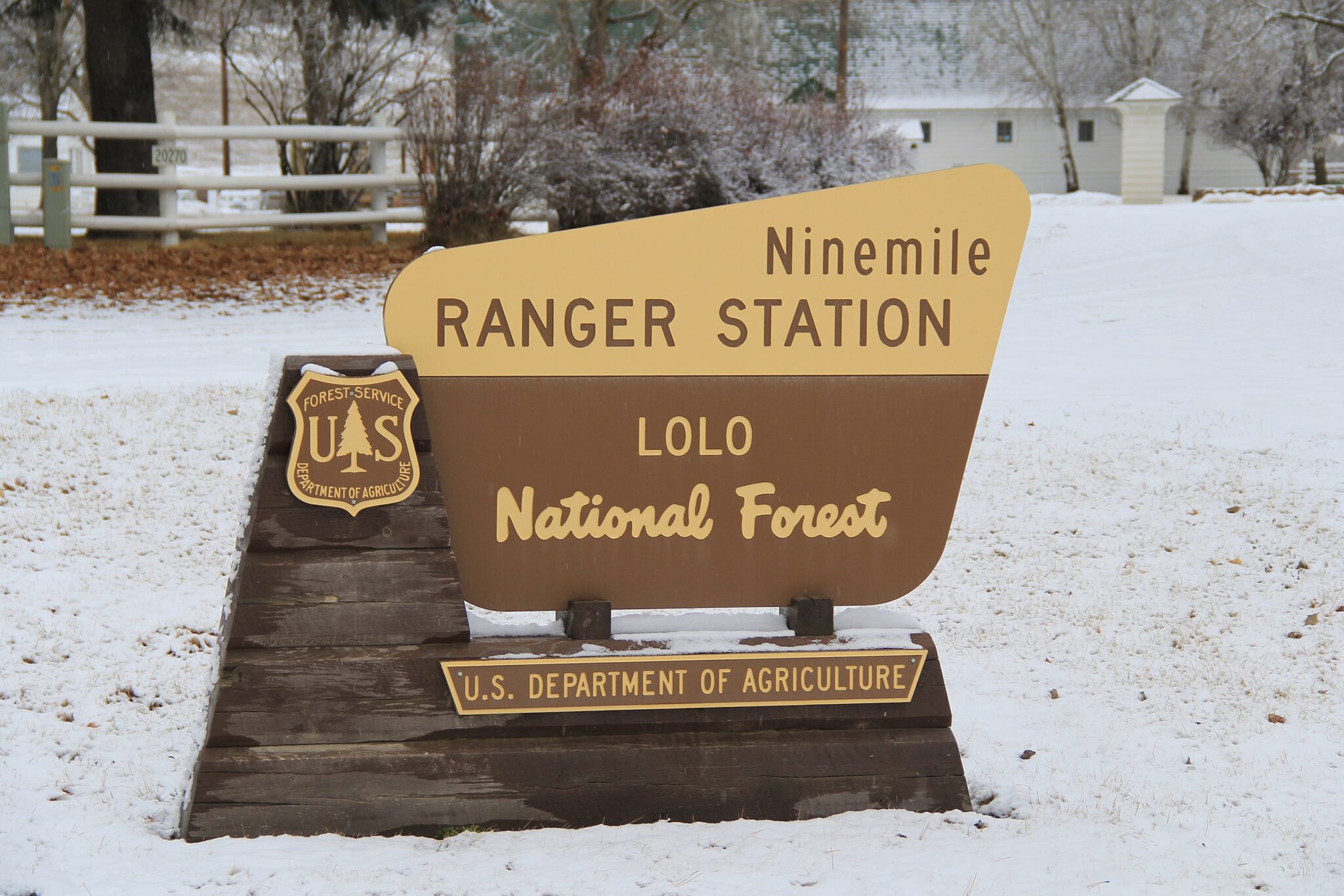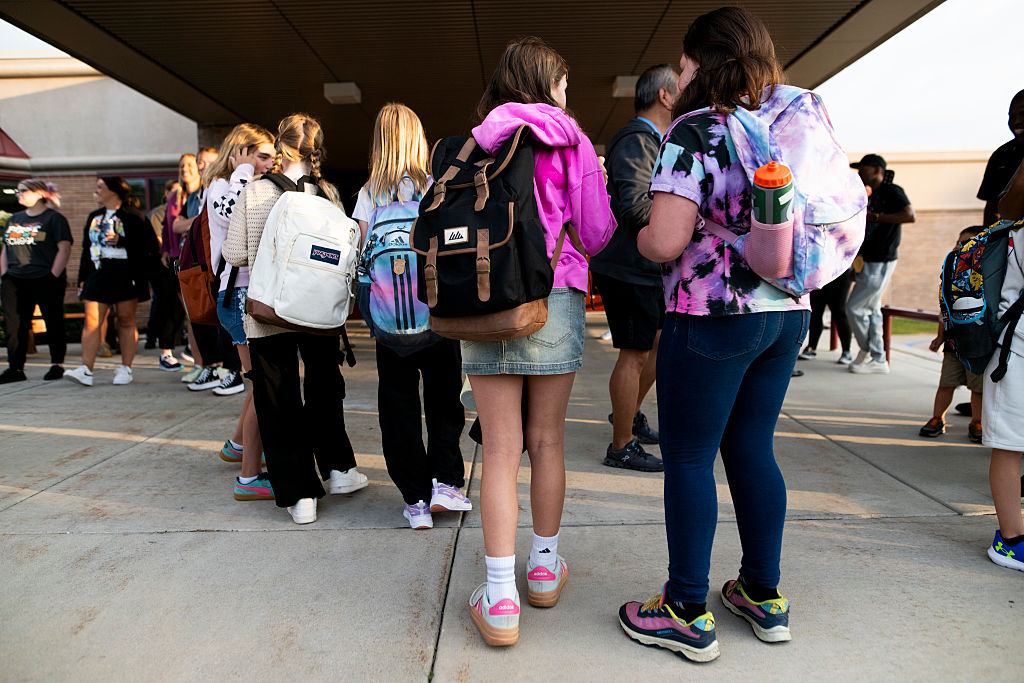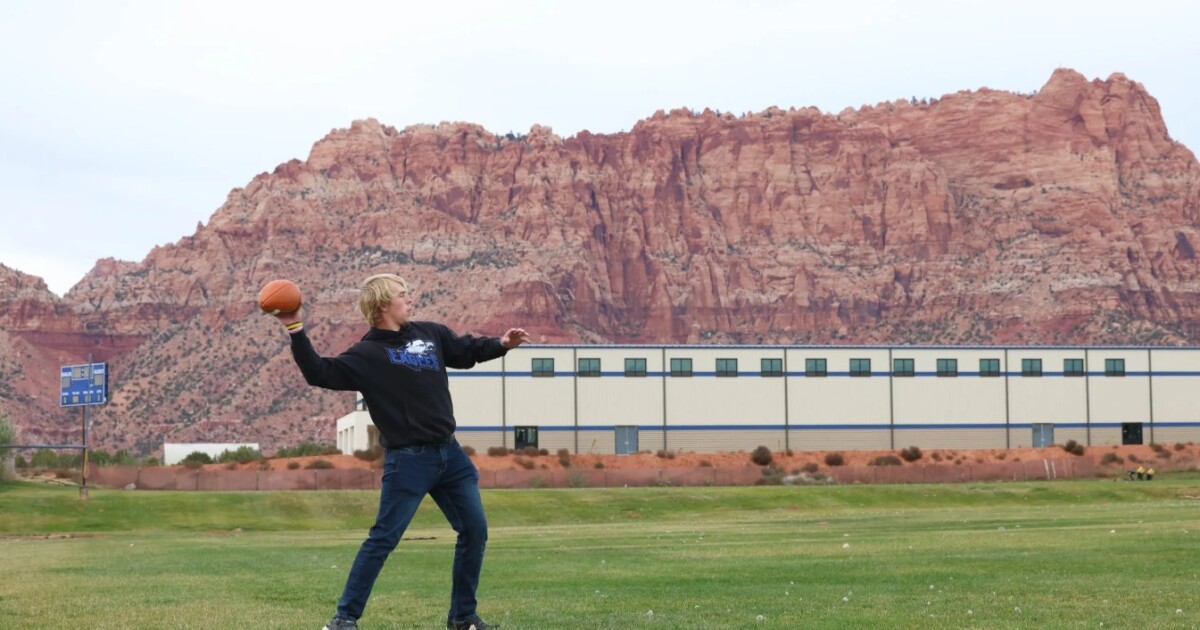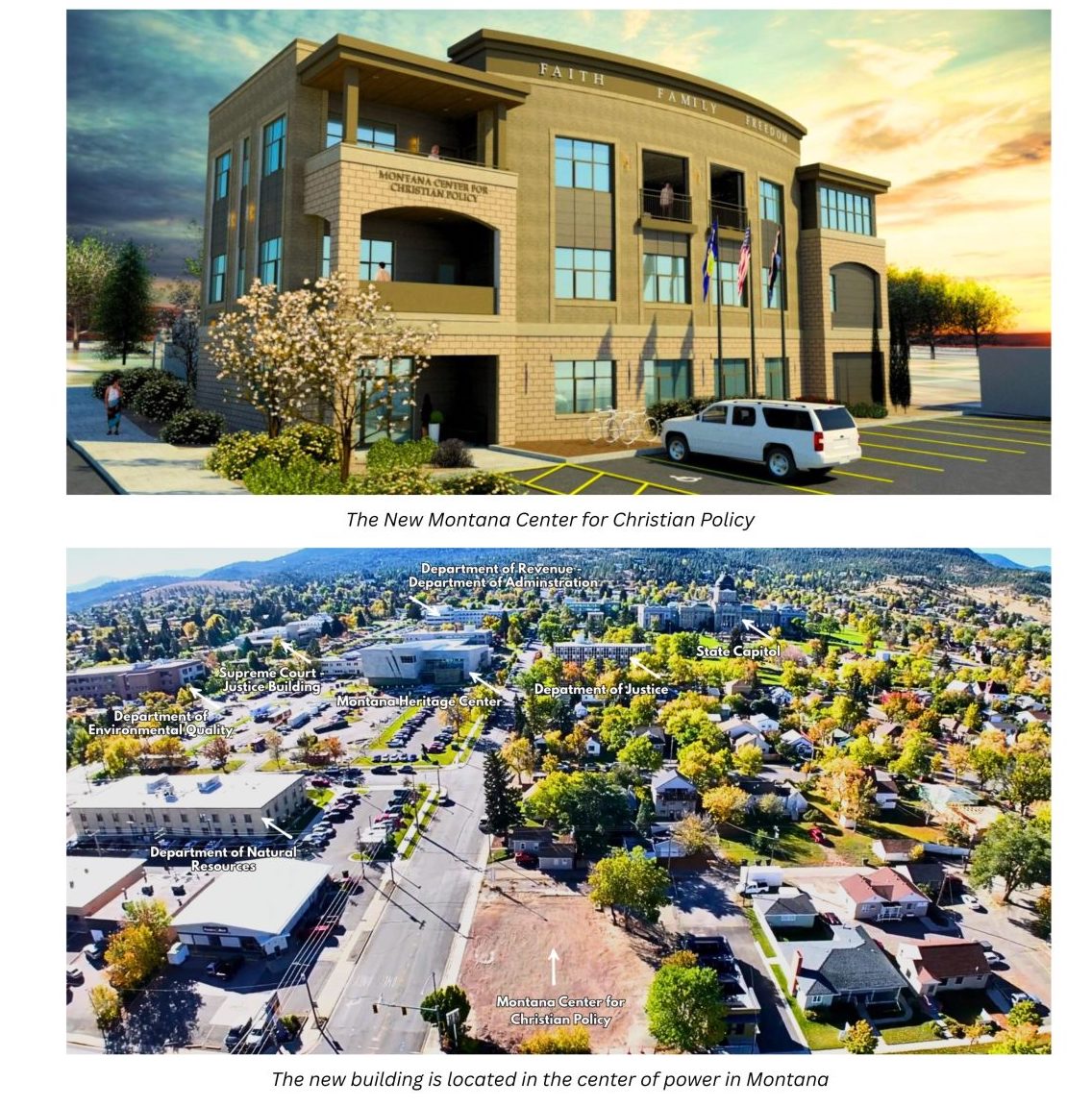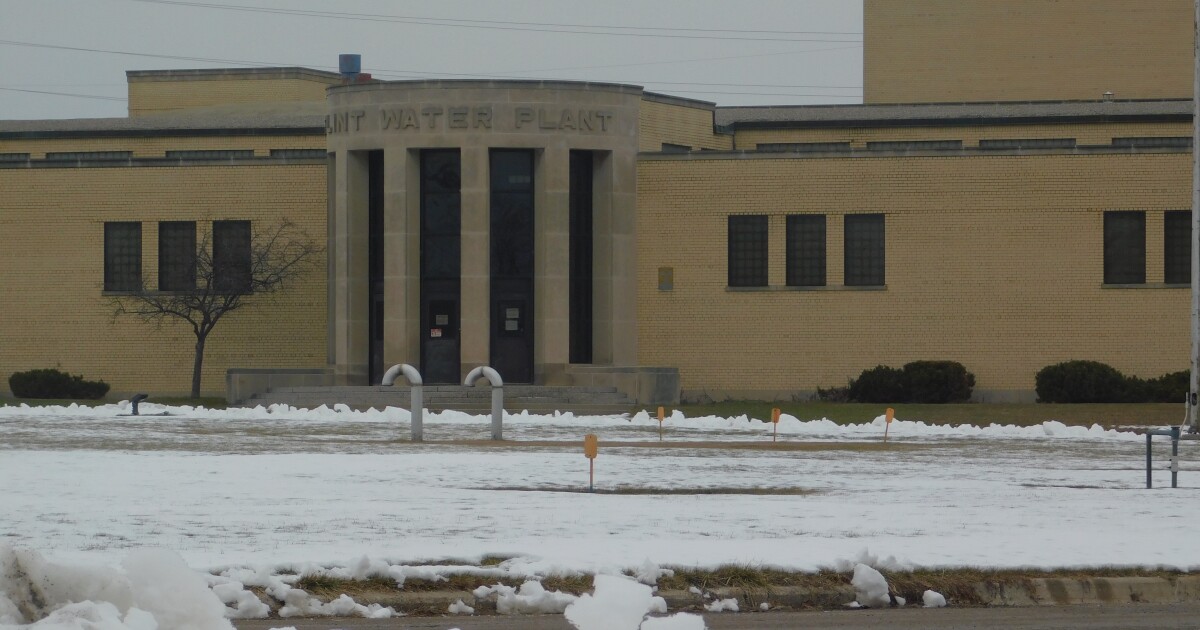Housing insecurity is a widespread issue in Montana’s tribal communities. The underlying factors are deeply ingrained, complex, and often neglected.
This three-part series, The Shelter Gap, investigates the obstacles for residents and developers in Indian Country’s housing crisis, delving into chronic shortages on reservation land and showcasing the benefits of stable housing.
Part 3 focuses on the community-wide improvements that occur when reservation residents secure proper housing.
BLACKFEET RESERVATION — After a long day at Blackfeet Community College, President Brad Hall heads home, changes into comfortable clothes, and grills steak-and-vegetable kabobs for dinner with his father, Ted. Homeownership for Hall, aged 40, was not certain due to severe housing shortages in tribal communities nationwide. Reservation residents face immense hurdles when purchasing or building homes. The Native American homeownership rate is much lower than the national average. In Montana, it is 48.8%, trailing White neighbors by 21 percentage points.
Despite these challenges, Hall closed on his Browning home in April 2024. “It’s pretty perfect,” he said, appreciating the proximity to his workplace. Living within the community enhances his connection to the college. Hall, who left the reservation in 2019 for a job in Missoula, felt a strong pull to return. The Blackfeet Reservation, housing over 10,000 people beneath the Rocky Mountain Front, is where Hall chose to make his impact. Upon seeing the college president position open, he seized the opportunity and was appointed in 2022. His initial struggle was securing a place to live.
Hall’s journey to homeownership, while arduous, exemplifies potential outcomes when proper housing is accessible. Jeff Ackley from Enterprise Community Partners states, “Without stable, safe, and secure housing, everything else falls apart.”
A PATH HOME
For two years, Hall resided in costly rentals in East Glacier Park Village, where tourism inflates rates. In 2023, he turned to NACDC Financial Services for help. Federal control over trust land complicates traditional mortgages, but NACDC, a nonprofit, creatively supports Indigenous borrowers. Executive Director Angie Main states, NACDC can accept various collateral forms, maintaining a 0% default rate since 2011.
NACDC, understanding local needs, offers credit-building loans, education tools, and support throughout loan processes. Loan administrator Patty Gobert notes the time and patience required to lend on trust land, but emphasizes successful outcomes.

Despite NACDC’s achievements, funding shortages hinder their reach. Native CDFIs rely heavily on the federal government for funding, but demand exceeds supply. NACDC paused new home loans in 2023 due to limited capital. Main, aware of the organization’s potential, refrains from advertising due to funding constraints.
Hall’s journey to owning a home involved seeking word-of-mouth leads amidst a chronic housing shortage. Securing a property with NACDC’s loan was fortunate, considering the zero homeowner vacancy rate on the Blackfeet Reservation.

Hall is proud of his achievement. His new home provides personal security and enhances his ability to serve his community effectively. Tribal leaders emphasize that secure housing can radically improve community well-being. Caroline LaPorte, an attorney with the Indian Law Resource Center, highlights the collective benefits of residents feeling valued and supported.
‘THIS IS HOME’
On a cool evening, Hall and his father enjoyed kabobs on his deck, surrounded by their ancestral land. With their dog, Zip, nearby and the Rocky Mountain Front as a backdrop, the sense of belonging was palpable. “This is home,” Hall said, reaffirming the irreplaceable value of being rooted in one’s community.

This series was produced with support from the McGraw Center for Business Journalism at the Craig Newmark Graduate School of Journalism at the City University of New York.
—
Read More Montana News

